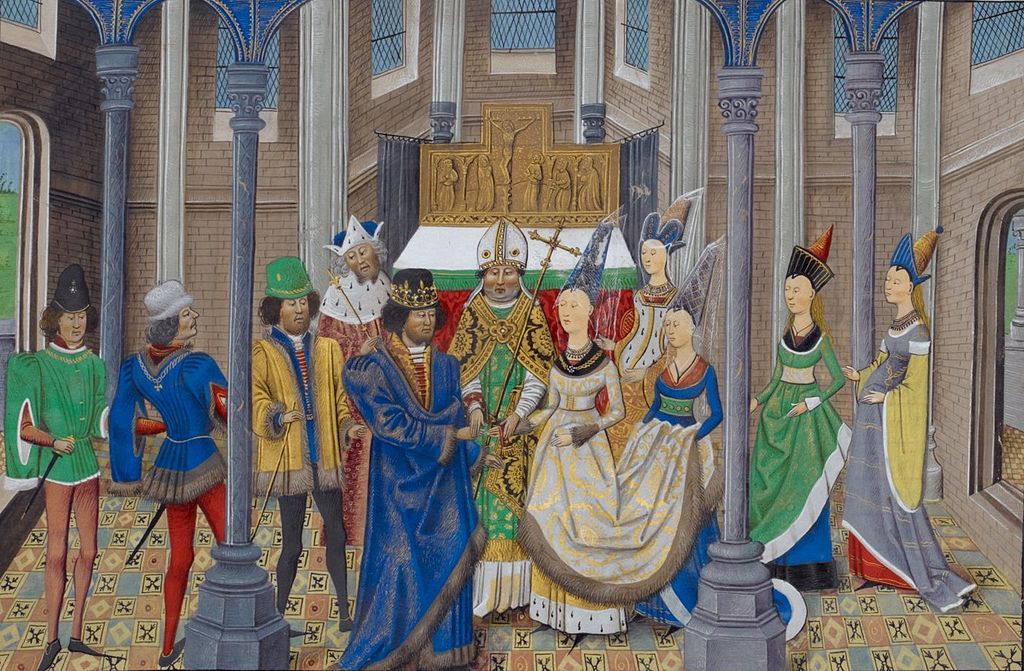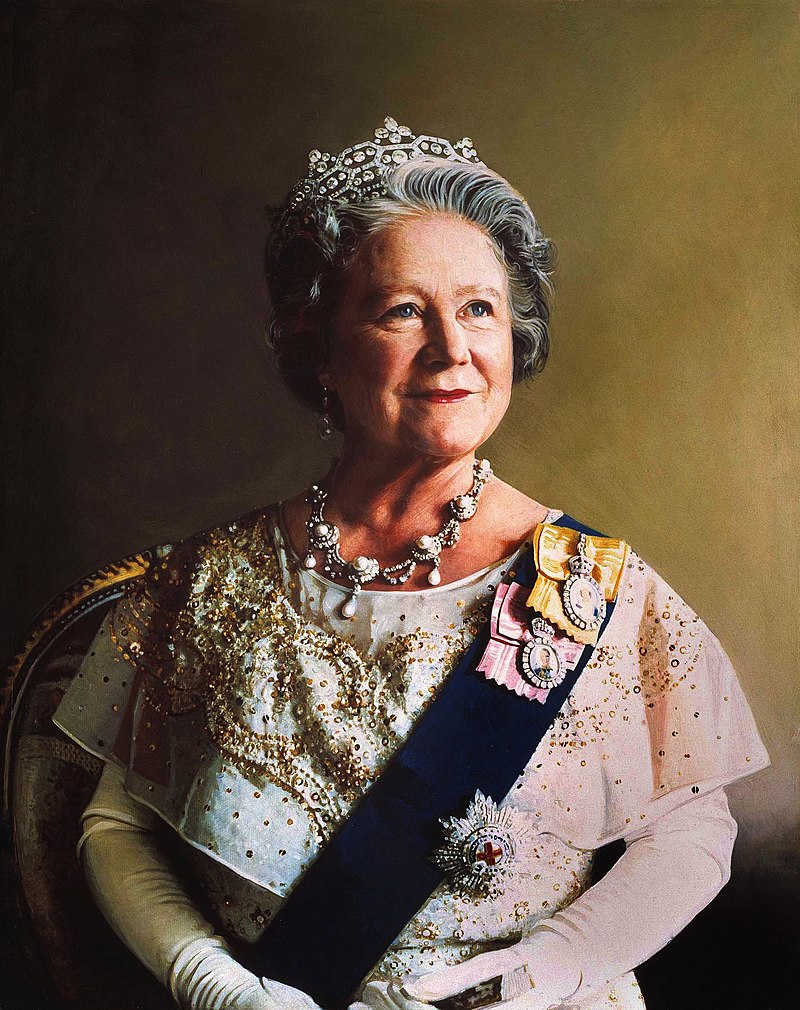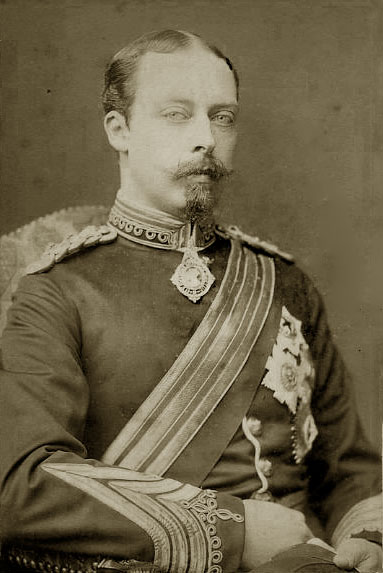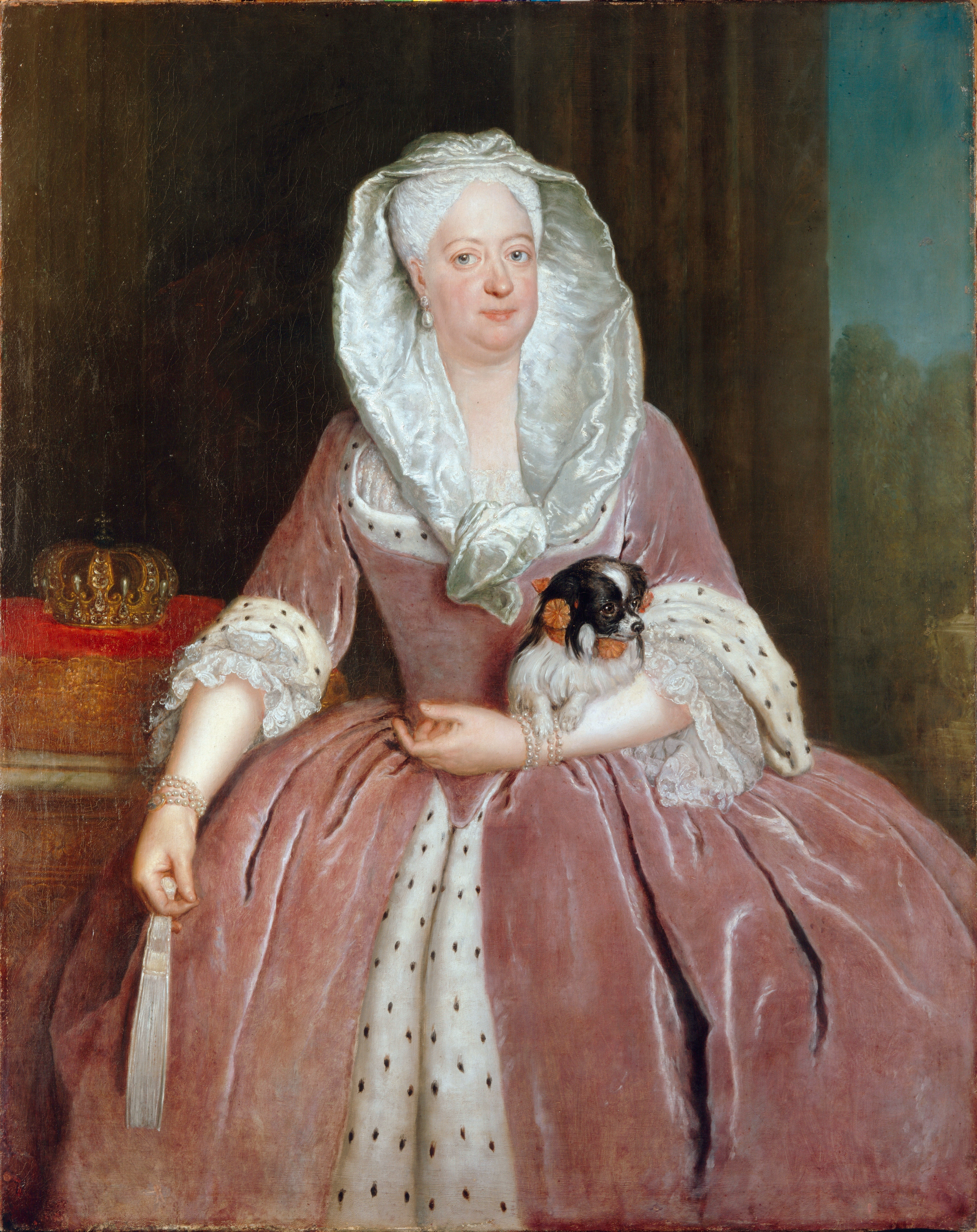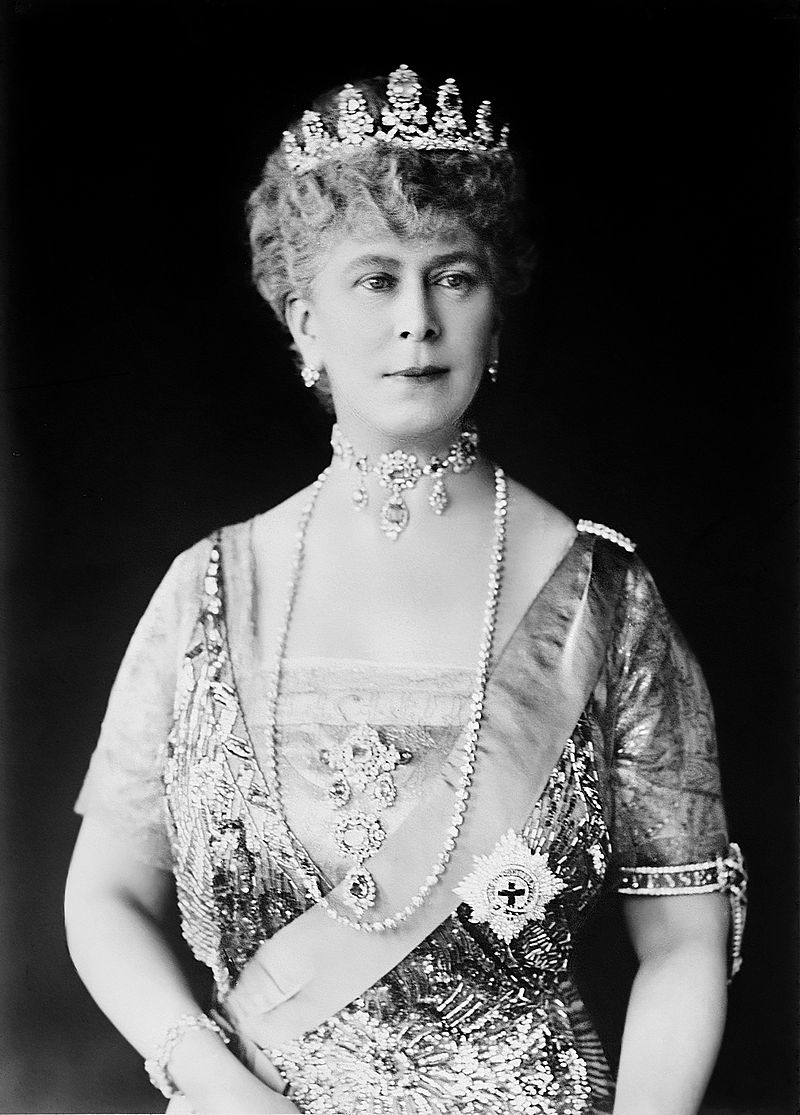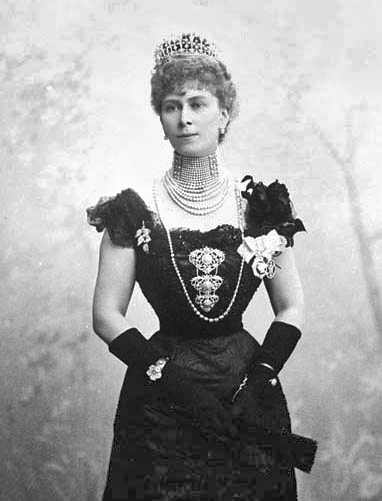by Susan Flantzer © Unofficial Royalty 2013
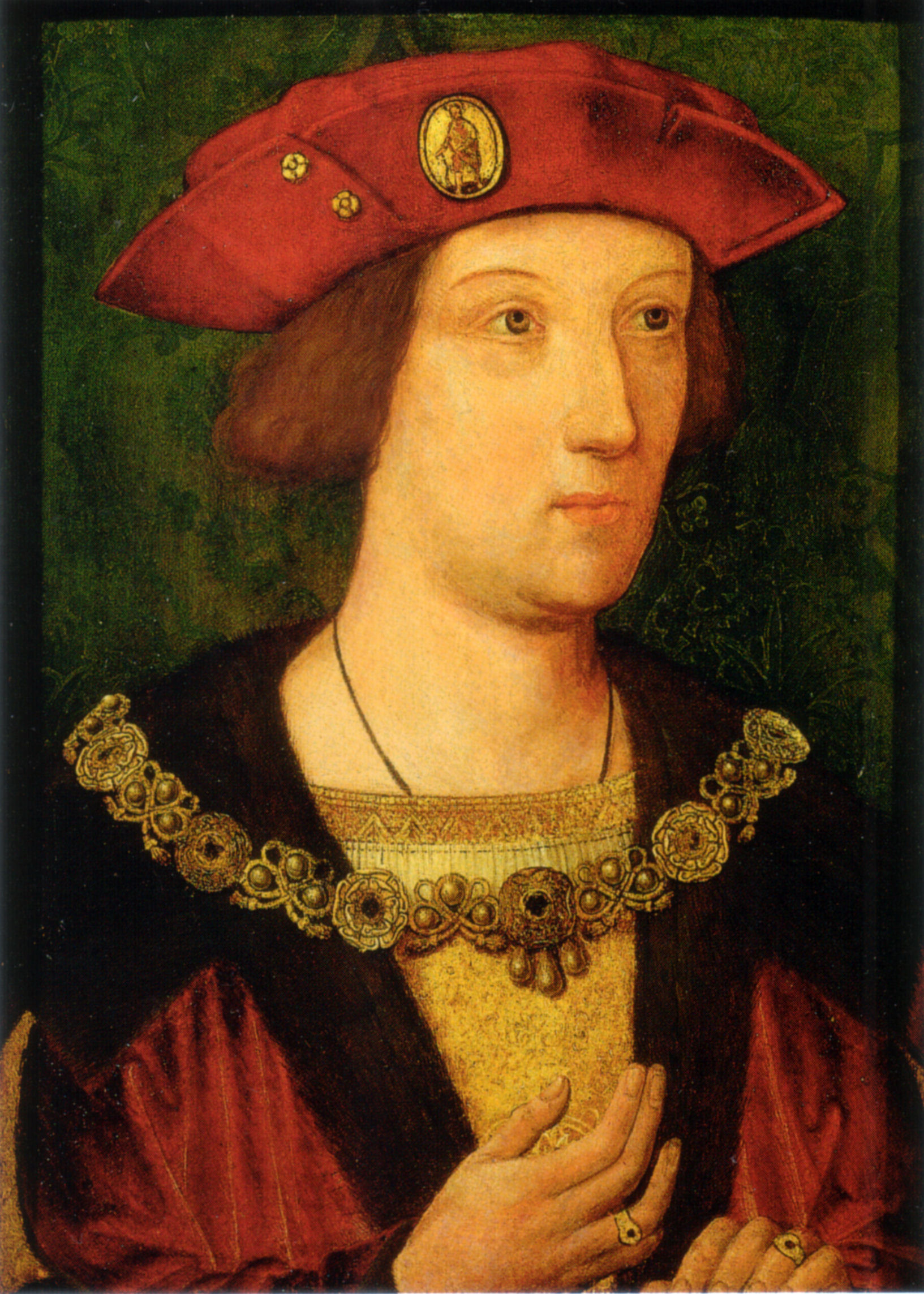
Arthur, Prince of Wales; Credit: Wikipedia
The first child of King Henry VII of England, the first Tudor monarch, and Elizabeth of York, daughter of King Edward IV, niece of King Richard III, and sister of King Edward V, was born purposefully in Winchester, England, once the capital of the Kingdom of Wessex, on September 20, 1486. The name Arthur was chosen in hopes that he would bring a new Arthurian age to the new Tudor dynasty.
Arthur was christened on September 24, 1486, at Winchester Cathedral. His godparents were:
- John de Vere, 13th Earl of Oxford
- Thomas Stanley, 1st Earl of Derby
- William FitzAlan, 16th Earl of Arundel
- Elizabeth Woodville, Queen Consort of King Edward IV, his maternal grandmother
- Cecily of York, his maternal aunt
Arthur had six siblings:
- Margaret Tudor (1489 – 1541), married (1) James IV, King of Scots, had issue including James V, King of Scots; (2) Archibald Douglas, 6th Earl of Angus, had issue; (3) Henry Stewart, 1st Lord Methven, no surviving issue; Margaret was the grandmother of both Mary, Queen of Scots and Henry Stuart, Lord Darnley, the parents of King James I of England
- Henry VIII, King of England (1491 – 1547), married (1) Catherine of Aragon, had daughter Queen Mary I of England; (2) Anne Boleyn, had daughter Queen Elizabeth I of England; (3) Jane Seymour, had son King Edward VI of England; (4) Anne of Cleves, no issue; (5) Catherine Howard, no issue; (6) Catherine Parr, no issue
- Elizabeth Tudor (1492 – 1495)
- Mary Tudor (1496 – 1533), married (1) Louis XII, King of France, no issue; (2) Charles Brandon, 1st Duke of Suffolk, had issue, grandparents of Lady Jane Grey
- Edmund Tudor, Duke of Somerset (1499 – 1500)
- Katherine Tudor (born and died February 1503) her mother, Elizabeth of York, died as a result of Katherine’s birth

Henry VII’s family, including children who did not survive childhood: At left, Henry VII, with Arthur, Prince of Wales behind him, then Henry (later Henry VIII), and Edmund. To the right is Elizabeth of York, with Margaret, then Elizabeth, Mary, and Katherine; Credit – Wikipedia
Arthur had an education befitting the heir to the throne. A household was set up for him in Ludlow Castle near the Welsh border when he was six years old. His early education covered the basics of reading, writing, and arithmetic, which he learned very quickly. In 1491, John Rede, former Headmaster of Winchester College, became his tutor, followed by the blind poet Bernard André in 1496, and then Thomas Linacre in 1501.
When Arthur was very young, his father began negotiations for him to marry Catherine of Aragon, the youngest child of King Ferdinand II of Aragon and Queen Isabella I of Castile. The Treaty of Medina del Campo, ratified by Spain in 1489 and England in 1490, contained the marriage contract between Catherine and Arthur. Catherine left Spain in 1501, never to return, and on November 14, 1501, the two 15-year-olds, Catherine and Arthur, were married at the Old St. Paul’s Cathedral in London. Catherine was escorted to the cathedral by Arthur’s brother, the 10-year-old Henry, Duke of York, who would eventually become her second husband.

Catherine of Aragon, circa 1502; Credit – Wikipedia
After the marriage, the couple lived at Ludlow Castle in Shropshire, England, near the Welsh border, where, as Prince of Wales, Arthur presided over the Council of Wales and the Marches. It is doubtful that the marriage was consummated, and this question later became vitally important when King Henry VIII sought to annul his marriage to Catherine. Arthur and Catherine became ill within months of the marriage, probably because of the sweating sickness. Catherine survived, but she was left a widow as Arthur did not survive. 15-year-old Arthur died on April 2, 1502, and was buried in Worcester Cathedral. Henry VII and his wife Elizabeth were naturally distraught at the death of their eldest son. Their second son succeeded his father as King Henry VIII in 1509, leaving us to ask the question, “What if Arthur had become king?”

Tomb of Arthur, Prince of Wales; Credit – www.geograph.org.uk
This article is the intellectual property of Unofficial Royalty and is NOT TO BE COPIED, EDITED, OR POSTED IN ANY FORM ON ANOTHER WEBSITE under any circumstances. It is permissible to use a link that directs to Unofficial Royalty.


